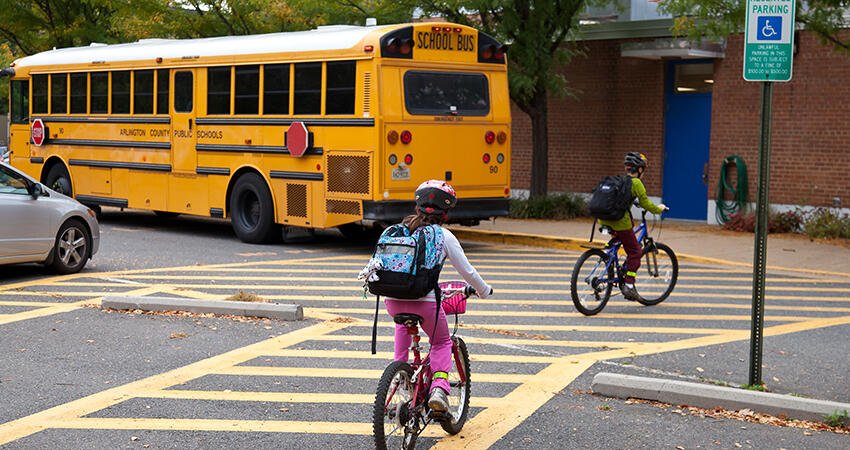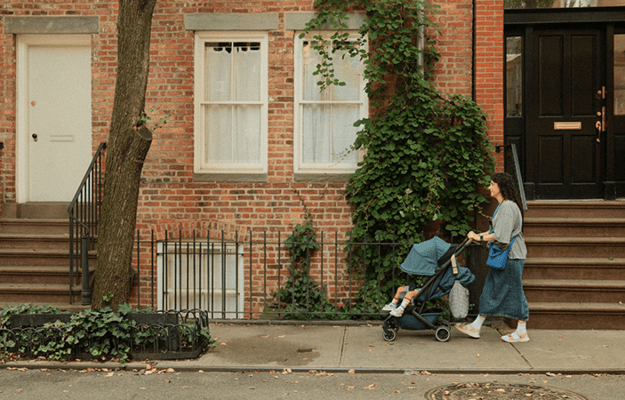
School Quality Influences Where Parents Choose to Live—and How Much They’re Willing to Pay for Their Homes
- Title:
- School Quality Influences Where Parents Choose to Live—and How Much They’re Willing to Pay for Their Homes
- Author:
-
Adam Goldstein and Orestes P. Hastings
- Source:
- Publication Date:
-
2019
School quality and a home’s location are intertwined, as where a family lives commonly designates where a child attends school. Under this system, those with more resources can pay more for a home with access to higher-quality schools. The authors of this study explore the interplay between school quality, residential movement, and housing price, focusing on how neighborhood inequality might intensify these dynamics.
The authors first examined how school quality (measured by test score ranking and percentage of students eligible for reduced-price lunch) and metropolitan income inequality (as measured by the Gini index of income inequality, or, the distribution of income across income percentiles) affect neighborhood housing price increases. They then analyzed the relationship between these factors and the frequency of residential moves. Within these analyses, they look to how decisions and outcomes differ based on parents’ socioeconomic status (SES), as measured by total family income and highest educational attainment in the household, and neighborhood public school choice, measured by the percentage of students enrolled in magnet or charter school outside of their neighborhood.
To conduct the study, the authors assembled a dataset with data from the Panel Study of Income Dynamics 1999–2011, the US Department of Education Common Core of Data, and Zillow 2014 Home Value Index. They interlaid these datasets geographically to track and analyze more than 4,000 residential moves by families from 1999 to 2011 in different neighborhoods across metropolitan regions.
Key findings
- Across metro regions, increases in school quality were associated with an increase in average home prices in the school’s zip code.
- In metro regions with greater income inequality, this school-related price increase occurred at a higher rate compared with metro regions with less income inequality.
- When they moved, families in the top of the parental SES distribution were more likely to move to a higher-quality school zone compared with families of middle to lower SES status, whose local school quality remained largely the same following a move.
- Families took on greater increases in their monthly housing costs compared with households without children for the same improvement in school quality, showing parent’s willingness to stretch financially to gain access to better schools for their children.
- In neighborhoods with more public school choice, families were less likely to move to zip codes with higher-quality schools.
Policy implications
- Metro-level inequality increases the prices parents pay to live in neighborhoods with high-quality schools.
- Competition for access to high-quality schools (measured by residential moves) is lower in neighborhoods with greater school choice.
Photo by Dasha Rosato/Shutterstock


